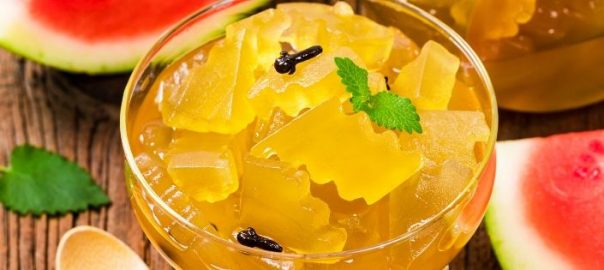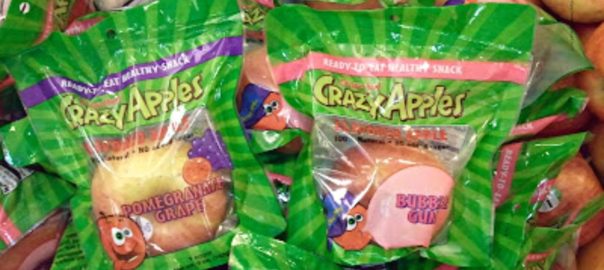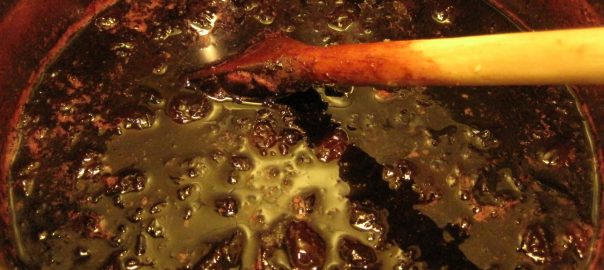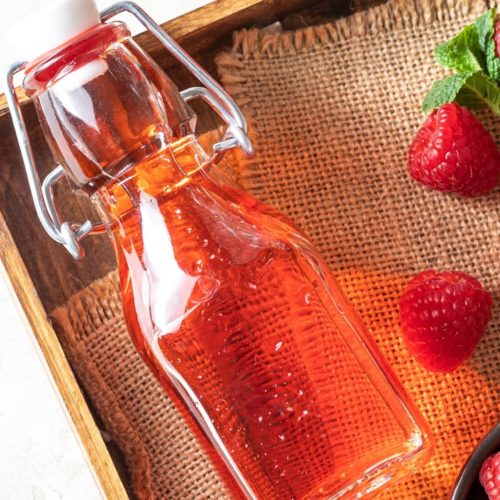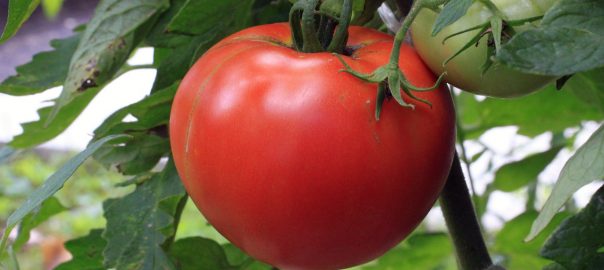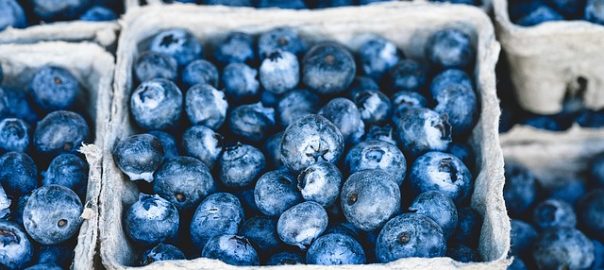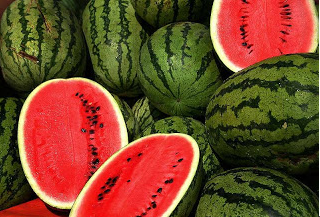I'm starting to see beautiful personal sized watermelons at the grocery store. They're delicious and a great treat.
One of the most alkalizing foods, watermelon is a refreshing, hydrating, low calorie wonderful addition to summertime menus. High in vitamin A and C while also providing some magnesium and potassium, watermelon is a great antioxidant fruit. It also provides high levels of lycopene which studies have shown to be helpful in preventing various types of cancer. Watermelon appears to also have some effect on lowering blood pressure.
There are many delicious ways to include watermelon into your summertime menus such as making watermelon water ice or granita, making agua fresca, fruit salads, or even a savory sweet salad. My current favorite fruit salad is rich in lycopene and anthocyanins, those dark rich fruits which are supportive of cognitive function while helping to reduce inflammation in the body. This salad is refreshing and satisfying, I've even been including it as part of my breakfast for a delicious treat.
Anthocyanin-rich Fruit Salad
Ingredients
- 2 cups watermelon, balled
- 1 cup blueberries, rinsed
- 1 cup strawberries, rinsed and sliced
- 1 cup cherries, rinsed, pitted, and quartered
- DRESSING:
- 1 small lime
- 2 tbsp fresh lime juice
- 2 tsp poppy seeds
Instructions
- Mix together fruits
- Mix together dressing in a separate cup
- Pour dressing over fruits and toss gently
- Let sit 30-60 minutes in the fridge before serving
After you’ve enjoyed your watermelon there still a very tasty treat available. Pickling the rind is simple and easy to do. It doesn’t take very long and the results are delicious!
It's important to note that although you can process watermelon rind pickle for long-term storage, this recipe is for the refrigerator pickle version which is imho easier and faster.
Watermelon Rind Pickles
Ingredients
- Rinds from 1/2 of a large watermelon
- 4 cups apple cider vinegar (with the mother)
- 2 cups water
- 2 cups cane juice crystals or other low process sugar
- 1/3 cup kosher salt
- SEASONING: 2 sticks cinnamon or 2” piece fresh ginger or 1 jalapeño (seeded) or 1 lemon thinly sliced
Instructions
- When cutting watermelon leave 1/4-1/2” of red flesh on the rind
- Using a vegetable peeler thoroughly remove the green rind
- Cut rind into -1 1/2” pieces
- Combine vinegar, water, sugar, salt, and seasoning in pot (large enough to also hold the watermelon rind)
- Bring to boil, stirring to dissolve sugar and salt
- Add the watermelon rind
- Bring back to a boil, then reduce heat and simmer for 2 minutes
- Remove pan from heat and let cool to room temperature (about) one hour
- Transfer rind to clean and sterilized wide-mouth pint or quart canning jars
- Cover with pickling brine (do not include seasonings otherwise the flavor gets too strong)
- Refrigerate overnight before serving
- Keeps 2-3 weeks in the refrigerator

